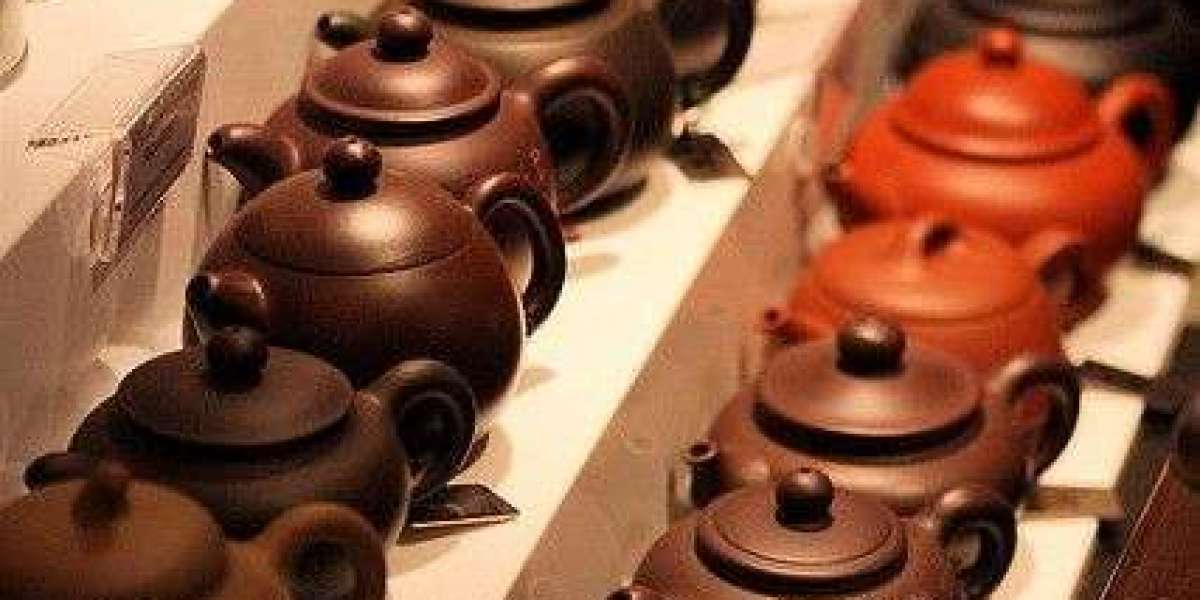1. The Processing Spectrum
| Tea Type | Key Process | Oxidation Level | Flavor Profile |
|---|---|---|---|
| White | Minimal processing | 0-10% | Delicate, floral |
| Green | Heat-fixed quickly | 0% | Grassy, vegetal |
| Yellow | Sealed oxidation | 10-20% | Mellow, sweet |
| Oolong | Partial oxidation | 15-70% | Complex, aromatic |
| Black | Full oxidation | 80-100% | Robust, malty |
| Dark | Post-fermentation | Varies | Earthy, aged |
Pro Tip: Oxidation isn't fermentation - it's enzymatic browning like in cut apples.
2. Step-by-Step Green Tea Processing
Plucking (清明前): Pre-Qingming buds are most prized
Withering: 4-8 hours to reduce moisture
Fixation:
Pan-firing (龙井): 280°C for 3-5 minutes
Steaming (煎茶): Preserves vibrant green color
Rolling: Shapes leaves and releases juices
Drying: Stops all enzymatic activity
See traditional tools in our Green Tea Production Guide.
3. Oolong's Precise Oxidation Dance
Taiwanese High Mountain: Light 15-25% oxidation
Wuyi Rock Tea: Medium 40-60% oxidation
Oriental Beauty: Heavy 60-70% oxidation (insect-bitten leaves)
Critical Step: Repeated tossing and bruising creates the signature "red edge, green center."
Conclusion
Processing is alchemy - turning simple leaves into liquid art. Taste the differences with our Processing Comparison Set.








